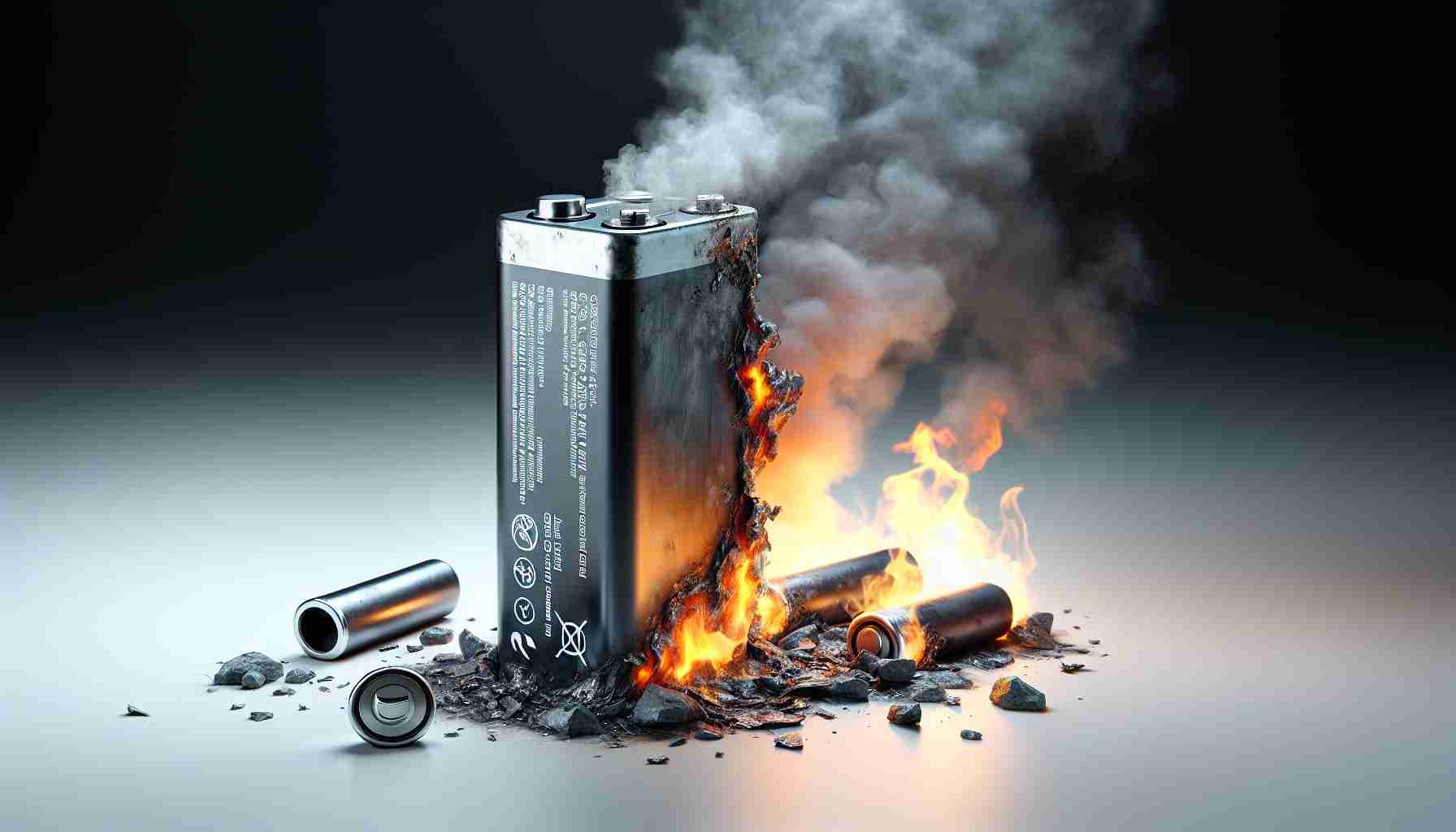A recent incident at Arizona State University’s Polytechnic campus in Mesa has highlighted the potential dangers associated with lithium-ion batteries. Last week, a dorm fire was caused by a lithium-ion battery on an e-bike. This serves as an important reminder for individuals to exercise caution when using devices powered by lithium-ion batteries.
Lithium-ion batteries have become popular due to their high energy density, efficient charging capabilities, and lightweight design. They are commonly found in electronic devices like smartphones, laptops, and electric vehicles. However, it is crucial to be aware that these batteries can pose significant fire risks if mishandled or abused.
Unlike traditional batteries, lithium-ion batteries contain highly flammable electrolyte solutions and operate at high energy levels. Mishandling, such as puncturing or overheating, can lead to thermal runaway – a chain reaction resulting in overheating, release of flammable gases, and potentially causing a fire or explosion.
To minimize the risks, it is important for individuals to follow safety guidelines provided by manufacturers when using devices powered by lithium-ion batteries. Avoid exposing the batteries to extreme temperatures, such as direct sunlight or freezing conditions. It is recommended to use original charging cables and adapters to prevent compatibility issues and potential overheating.
In conclusion, the recent incident at Arizona State University serves as a reminder of the fire risks associated with lithium-ion batteries. By understanding these risks and following safety guidelines, individuals can reduce the chances of battery-related incidents and ensure their own safety.
Frequently Asked Questions
1. What are lithium-ion batteries?
Lithium-ion batteries are a type of battery that have gained popularity due to their high energy density, efficient charging capabilities, and lightweight design. They are commonly used in various electronic devices such as smartphones, laptops, and electric vehicles.
2. What are the potential hazards associated with lithium-ion batteries?
Lithium-ion batteries can pose significant fire risks if mishandled or abused. They contain highly flammable electrolyte solutions and operate at high energy levels. Mishandling, such as puncturing or overheating, can lead to thermal runaway – a chain reaction resulting in overheating, release of flammable gases, and potentially causing a fire or explosion.
3. How can one avoid the risks associated with lithium-ion batteries?
To avoid the risks associated with lithium-ion batteries, it is important to follow the safety guidelines provided by manufacturers of devices powered by these batteries. Avoid exposing the batteries to extreme temperatures, such as direct sunlight or freezing conditions. It is recommended to use original charging cables and adapters to prevent power issues.
4. What warning symbols are associated with lithium-ion batteries?
The warning symbol associated with lithium-ion batteries is a fire symbol on a white background. It indicates the potential risk of fire or explosion if the battery is mishandled or improperly operated.
5. What are other sources of information about lithium-ion batteries?
For additional information about lithium-ion batteries, it is recommended to visit the Battery University website. This site provides detailed descriptions of battery technologies, tips for safe use, and other helpful information for understanding lithium-ion batteries.
In conclusion, the recent incident at Arizona State University serves as a reminder of the potential fire risks associated with lithium-ion batteries. By understanding the risks and following safety guidelines, individuals can minimize the chances of battery-related incidents and ensure their own safety.
The source of the article is from the blog foodnext.nl








